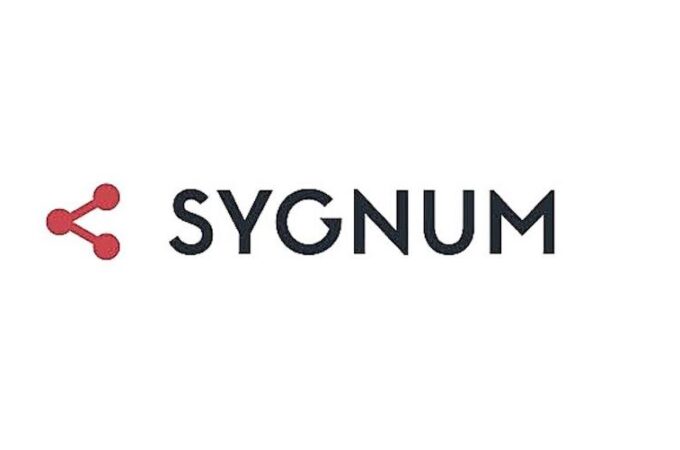
What Leading Challenger Banks Have Learned on Their Journey to Build a Digital-Only Bank
via Finovate blog
Finovate’s Charlotte Burgess spoke to Michal Kissos Hertzog, CEO, digital bank Pepper and insha’s Founder and Managing Director, Yakup Sezer, about the challenges of setting up a digital-only bank, and how to get the customer experience right with zero face-to-face interaction.
What key lessons have your challenger banks learnt as you looked to be digital only?
Michal Kissos Hertzog: One key lesson businesses have learned is that you can’t just paste a “digital core” over an incumbent bank. They have to be truly digital or there will be limitations and barriers.
The benefits of having a business model that is digital to its core is that banks can adapt quickly to constantly evolving customer demand, technology and innovation. Incumbents with legacy systems need to adjust quickly or partner with tech and fintech companies, or innovation will always be slower.
Yakub Sezer: The learning curve is very steep. When building a bank from scratch, especially in countries with strong regulatory bodies such as Germany, there’s a myriad of things to consider on the way, and many hurdles to overcome.
Courage is a necessity: If you have too many reservations about what you do as an entrepreneur, you’re inclined to fail. Learning to fail fast and get back on track even faster is crucial, and so is a strong partnership network. With Albaraka Türk, we’re lucky to have a strong investor with roots in our market segment behind us, but building a fintech-spirited bank out of a corporate culture is a completely different challenge.
Why do you think we have seen such a boom of “digital-only banks,” and do you think these challengers have the ability to take on those more entrenched players?
Sezer: Consumers are used to a level of convenience from their personal lives that it’s only natural they want to handle their finances in an equally convenient way.
Challenger banks have much faster innovation cycles and often enable a company culture that encourages a team to try out things, and fail where necessary, and learn from that, and then go on and improve, facilitated through digital organizational patterns, something legacy banks have been lacking for the longest time . However, I don’t necessarily see challenger banks and legacy banks as mutually exclusive. We’ve seen many great partnerships developing over the last years and both sides can benefit from each other in various areas.
Hertzog: The profit and loss model no longer works. Unlike the incumbents, digital-only banks have the advantage of being able to utilize data to operate on customers first, profit second basis. Customer needs and demands are changing and they expect so much more from the companies they engage with on a daily basis.
For example, Pepper’s research found that two thirds (67%) of Brits don’t feel well-equipped to make the best financial decisions for themselves, yet nearly half (47%) believe it’s a bank’s duty to help them make better financial decisions. This shows that banks need to do more in providing the necessary tools to help consumers make the best financial decisions.
This is something that many challengers have already achieved and are excelling at, so for the incumbents, it really is a question of adapt or die.
How do you ensure a great customer experience when you are a digital bank?
Hertzog: Unlike traditional banks who have implemented technology solutions to improve how they currently work, digital banks tend to do things differently. They work hard to identify customer pain points and then implement tech solutions to solve them.
Another way is by leveraging data. Digital banks might not have the long history of data that the incumbents do, but they are far better at utilizing it to adapt to consumer demand and offer personalized services. This typically creates a much better experience for the customer. For example, we know that debt is a huge problem for many people, so at Pepper, we use data to provide our customers with the necessary guidance before this happens; such as suggesting cheaper loan alternatives to an overdraft.
Sezer: For us, it’s been very important to find a strong niche. As a digital bank, we’re obviously attracting people that are looking for a very high level of convenience in banking; but we also have strong moral principles when it comes to what we do with our customers’ money. We’re also convinced that legacy banks have been doing certain things right: personal customer service is definitely a plus.
We’re combining the best of both worlds: a mobile-first banking experience, that offers consumers the possibility to get in touch with their beliefs and moral convictions through a personal banking partner.
Finally then, how do you see fintech as a whole evolving over the next decade?
Sezer: B2B solutions, especially will continue to gain traction across the board, and co-operation between digital and legacy banks will play an increasingly important role throughout Europe. But B2C is going to evolve as well; handling your financial situation will not be only banking anymore. With the ability to monitor personal spending habits and saving goals on your phone, customers will always be aware of their financial situation.
Hertzog: In the next decade, we can expect to see a lot more partnerships and collaborations – not just between banks and fintechs, but also fintech to fintech partnerships. Many successful businesses realize the importance of collaboration, so they can focus on what they do best and use other companies for the rest.
The other trend we can expect from fintech is increased personalization through the use of AI. At Pepper, we envisage a world where a consumer enters their favorite coffee shop, and we drop money into their account to pay for their coffee as a reward. This level of personalization and customer obsession will dramatically reform the banking industry in particular, as consumers opt for products that truly understand them and their needs.





